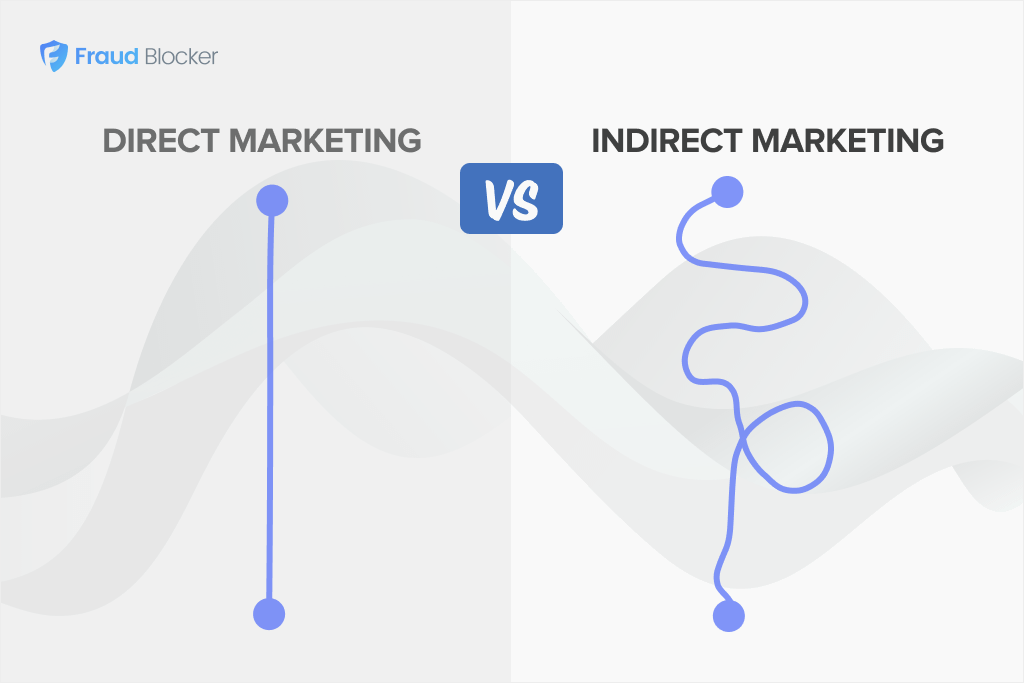
NEW New feature: Verify & block fake emails

We improve your ad performance by blocking click fraud and fake emails

Click fraud is costing advertisers billions in loses. Learn more here.

Click fraud is costing advertisers billions in loses. Learn more here.
You’ve probably read a dozen posts about campaign optimization that all say the same thing: “Test your creatives,” “Improve your targeting,” “Increase your bids.” Great. But if that generic advice actually worked, you wouldn’t still be burning through budgets with mediocre ROAS.
The truth is, most agencies and performance marketers are hemorrhaging money every single day because they’re optimizing the wrong things at the wrong time.
That ends here.
You’ll want to read this line by line because every hack here can directly stop the bleeding and unlock the hidden performance you’re leaving on the table right now.
Campaign optimization today isn’t about tweaking bid modifiers and calling it a day. It’s about understanding which levers actually impact your client’s bottom line, and having the guts to pull them.
It’s become a sophisticated game of data analysis, creative strategy, and channel orchestration. The goal isn’t just lower CPCs or higher CTRs. It’s about profitable growth, and getting more customers at a lower cost while maintaining quality.
Most campaigns are under-optimized. Not because they lack budget, but because they’re stuck in “set it and forget it” mode or spreading themselves too thin across channels that don’t convert. You’re also fighting an uphill battle against ad fatigue, rising CPMs, and increasingly sophisticated competitors.
The metric that becomes important in this new reality is contribution margin: what’s actually left after you account for all costs, not just ad spend.
You don’t need to blow up your entire campaign structure to see results. What you need is a systematic approach grounded in data, not gut feelings. Let’s dive into 7 optimization moves that separate profitable campaigns from money pits.
You can’t optimize what you don’t understand. Before you touch a single setting, you need a crystal-clear picture of what’s actually happening across all your campaigns. Most marketers dive into optimization without understanding their true baseline performance.
What To Do:
Tools to Make It Easier:
This audit should reveal where you’re actually making money versus where you think you are. Most agencies skip this and wonder why their optimizations don’t stick. For a comprehensive list of PPC tools that can streamline your audit process, check out our detailed guide.
Note: If you’re finding these audit processes overwhelming or you’re not sure where to start, you can always partner with an experienced Google Ads agency. Most agencies provide the specialized knowledge and dedicated resources needed to execute these optimization techniques properly.
Here’s what nobody talks about: The way you structure your campaigns directly impacts how much money you make. Most marketers organize campaigns by product category or funnel stage. Wrong approach.
The smartest performance marketers structure campaigns around profit margins and customer value, with data showing that profit-based campaign structures outperform traditional setups by 35%.
What To Do:
Smart Moves:
When you structure around profitability instead of convenience, every optimization has a multiplier effect.
Your creative is probably 70% of your campaign performance, but most marketers test like it’s 2015: one variant at a time, waiting weeks for “statistical significance.”
Modern performance marketing demands creative velocity, rapidly testing multiple concepts to find winners before competitors copy them.
What To Do:
How to Prioritize:
If you’re still A/B testing one element at a time, you’re already losing to competitors who test 50 variants while you test 2.
Note: As your campaigns scale across multiple channels and creative demands increase, you might find your team stretched thin managing content creation and audience engagement. At some point, it may make sense to hire a social media manager to handle your growing creative workload while your performance team focuses on optimization and analysis.
Everyone obsesses over CTR, CPC, and even ROAS. But here’s the uncomfortable truth: You can have amazing ROAS and still lose money.
The only metrics that matter are the ones that directly tie to profit: contribution margin, payback period, and cumulative LTV. Understanding how click fraud impacts your true metrics is crucial for accurate optimization.
What To Do:
Real Examples:
Stop celebrating vanity wins. If it doesn’t improve profit margins, it doesn’t matter.
Most campaigns fail not because of bad targeting, but because of lazy exclusions. You’re probably paying to advertise to people who already bought, people who will never buy, and bots pretending to be people.
Advanced audience layering isn’t about finding the perfect audience – it’s about systematically excluding everyone who won’t convert profitably. This includes protecting your campaigns from PPC click fraud, which can waste up to 20% of your budget.
What To Do:
Advanced Tactics:
The money you save from smart exclusions often outperforms any targeting optimization.
Running Facebook ads, Google ads, and email as separate silos is like having your orchestra members play different songs. The modern performance marketer thinks in terms of customer journeys, not channel metrics.
According to online sources, coordinated cross-channel campaigns see 23% higher conversion rates than siloed approaches.
What To Do:
Why It Works:
Stop thinking in channels. Start thinking in customer journeys.
Here’s the dirty secret nobody wants to talk about: Up to 22% of your ad spend is going to fake clicks. That’s not optimization opportunity – that’s straight-up theft.
Click fraud isn’t just bots randomly clicking. It’s sophisticated operations designed to drain your budget:
Why This Matters More Than Any Optimization:
Learn more about how to stop fake clicks from destroying your campaigns.
The Solution: Use Fraud Blocker. It identifies and blocks fraudulent traffic before you pay for it.
How It Works:
Real Impact for Agencies:
One agency reduced client CPA by 18% just by blocking fraudulent clicks. No creative changes, no bid adjustments – just stopping the bleeding.
Looking at Facebook ROAS without considering Google’s assist rate is like judging a recipe by tasting one ingredient. Channel interaction effects often drive more value than individual channel performance.
Most marketers optimize for the first purchase and pray for retention. Smart marketers optimize for second purchase probability from day one.
Platform algorithms optimize for their revenue, not yours. Unchecked automated bidding will happily spend your entire budget on low-quality conversions.
A customer with $5,000 LTV should not have the same CAC target as one with $50 LTV. Value-based optimization changes everything.
Every platform claims credit for every sale. Real attribution requires unified measurement and incrementality testing.
If you’re serious about campaign performance, stop treating optimization like a checklist. Start treating it like a system.
Audit relentlessly. Test rapidly. Cut what’s bleeding. Scale what’s working. And for the love of your ROI, measure what actually drives profit, not what makes pretty dashboard reports.
Because once you shift from “running campaigns” to engineering growth systems, everything changes. Your clients stop asking about CPCs and start asking how you consistently deliver profitable scale.
And while you’re engineering these growth systems, don’t let click fraud silently destroy your margins. Even the best-optimized campaign gets wrecked when 20% of your budget goes to bots and bad actors.
Get Fraud Blocker to identify and eliminate fraudulent clicks before they drain your budget. Purpose-built for performance marketers who care about real conversions, not fake metrics.
Start your free trial or talk to our team about protecting your campaigns.

ABOUT THE AUTHOR
Brandon Tome
Brandon is the co-founder and Chief Growth Officer at Fraud Blocker with 15+ years of performance marketing experience and $100M in direct ad spend management. He specializes in driving growth and maximizing ROAS across B2B SaaS, fintech, marketplaces and more.
Brandon is the co-founder and CGO at Fraud Blocker with 15+ years of performance marketing experience. He specializes in driving growth and maximizing ROAS across B2B SaaS, fintech, marketplaces and more.


